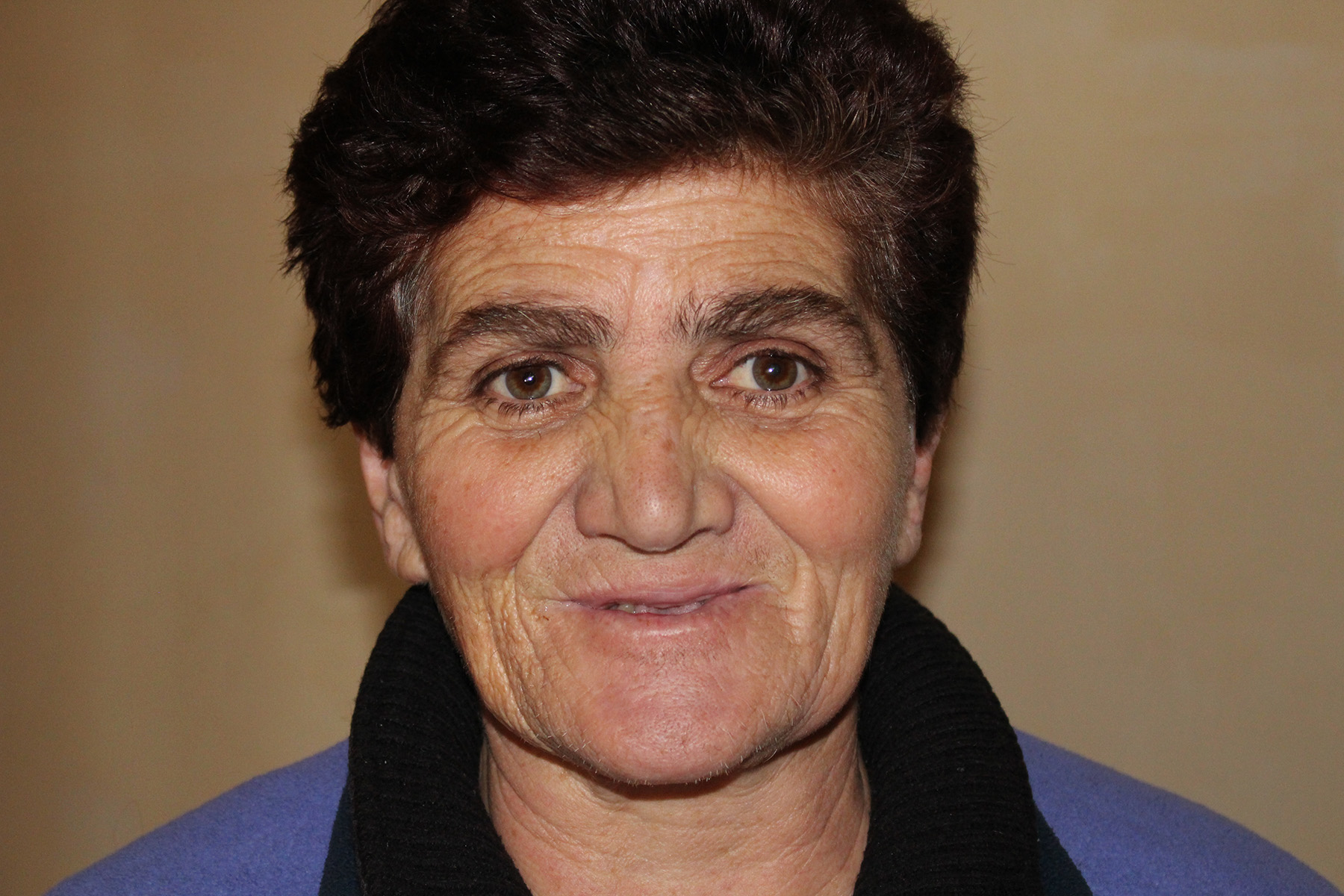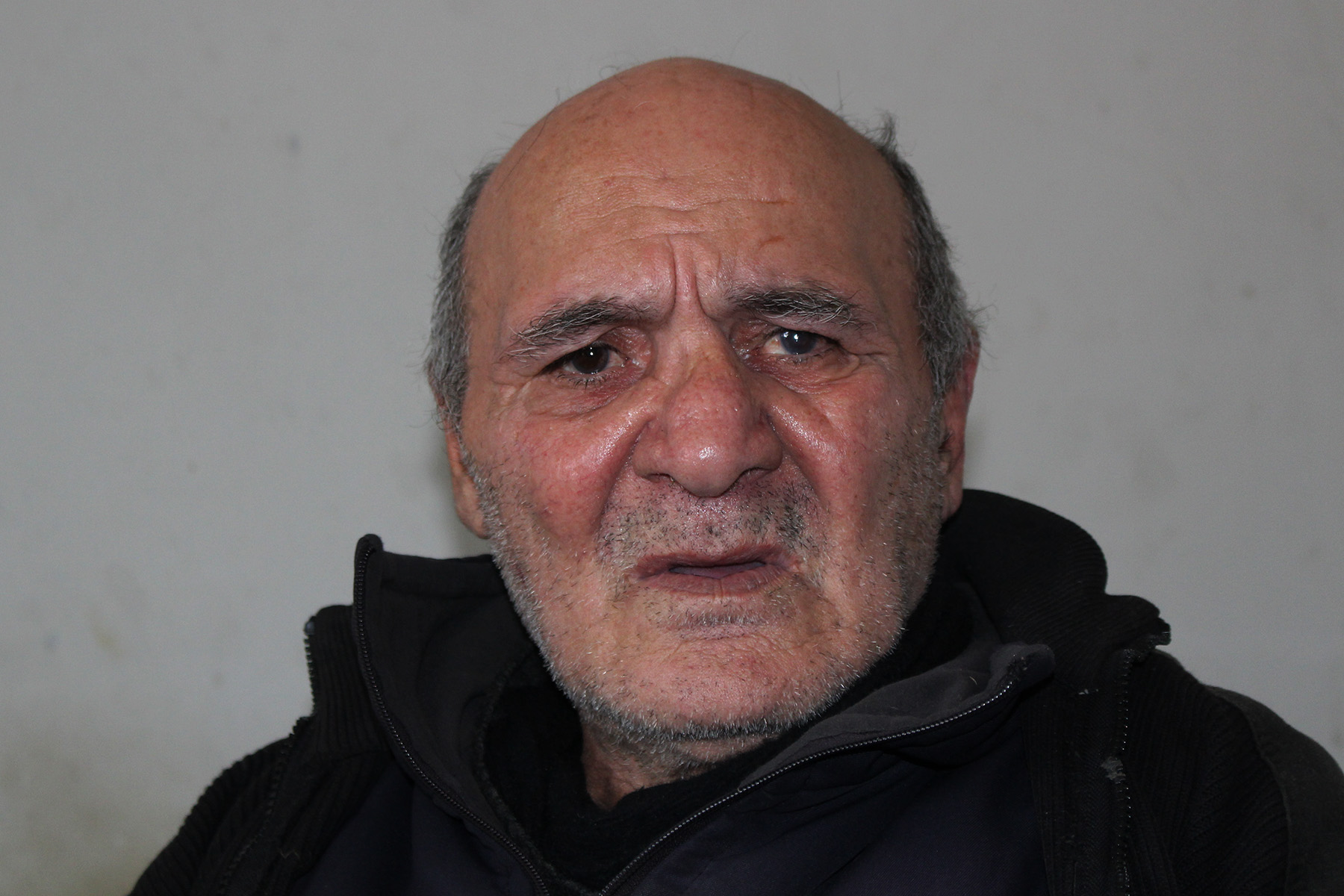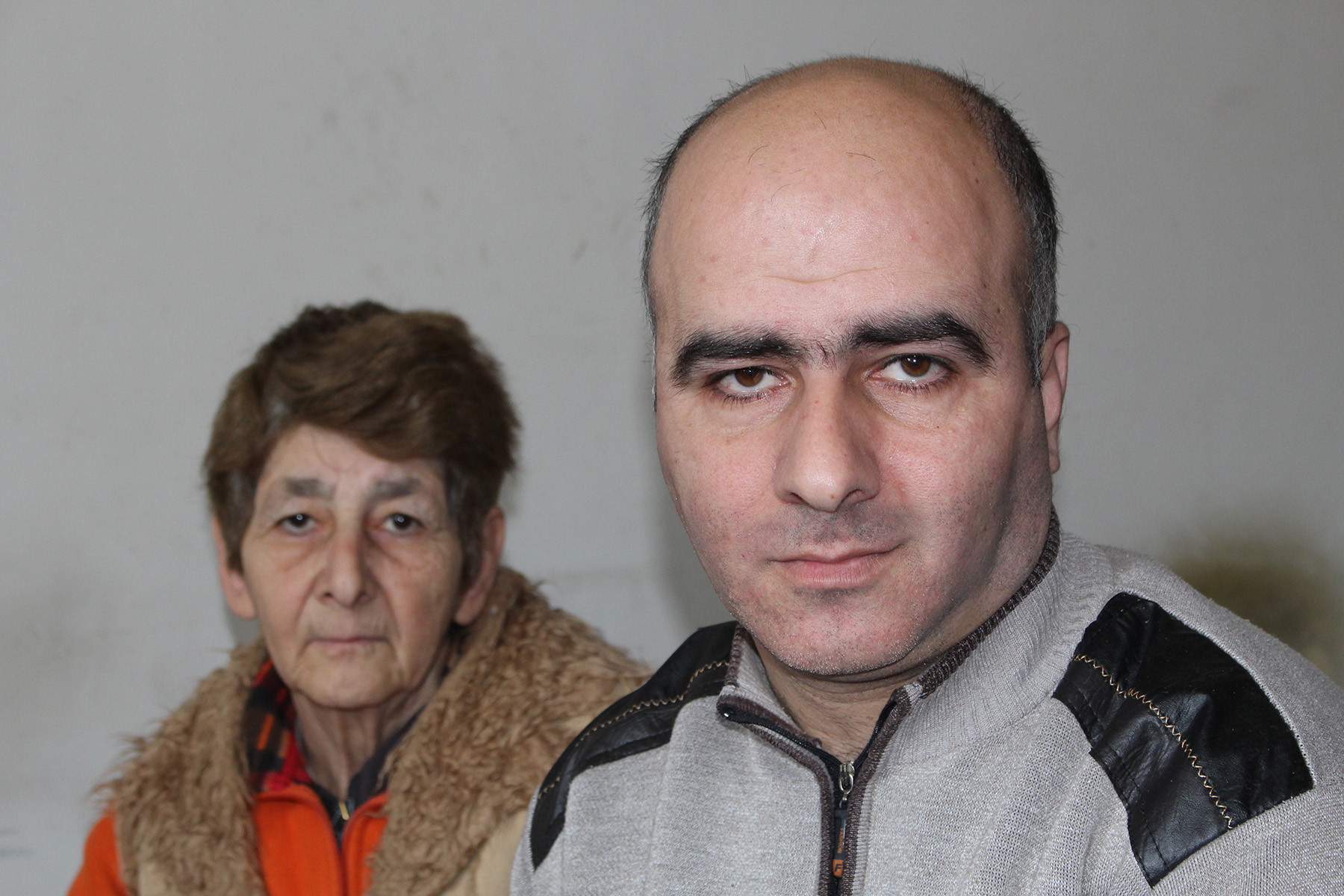
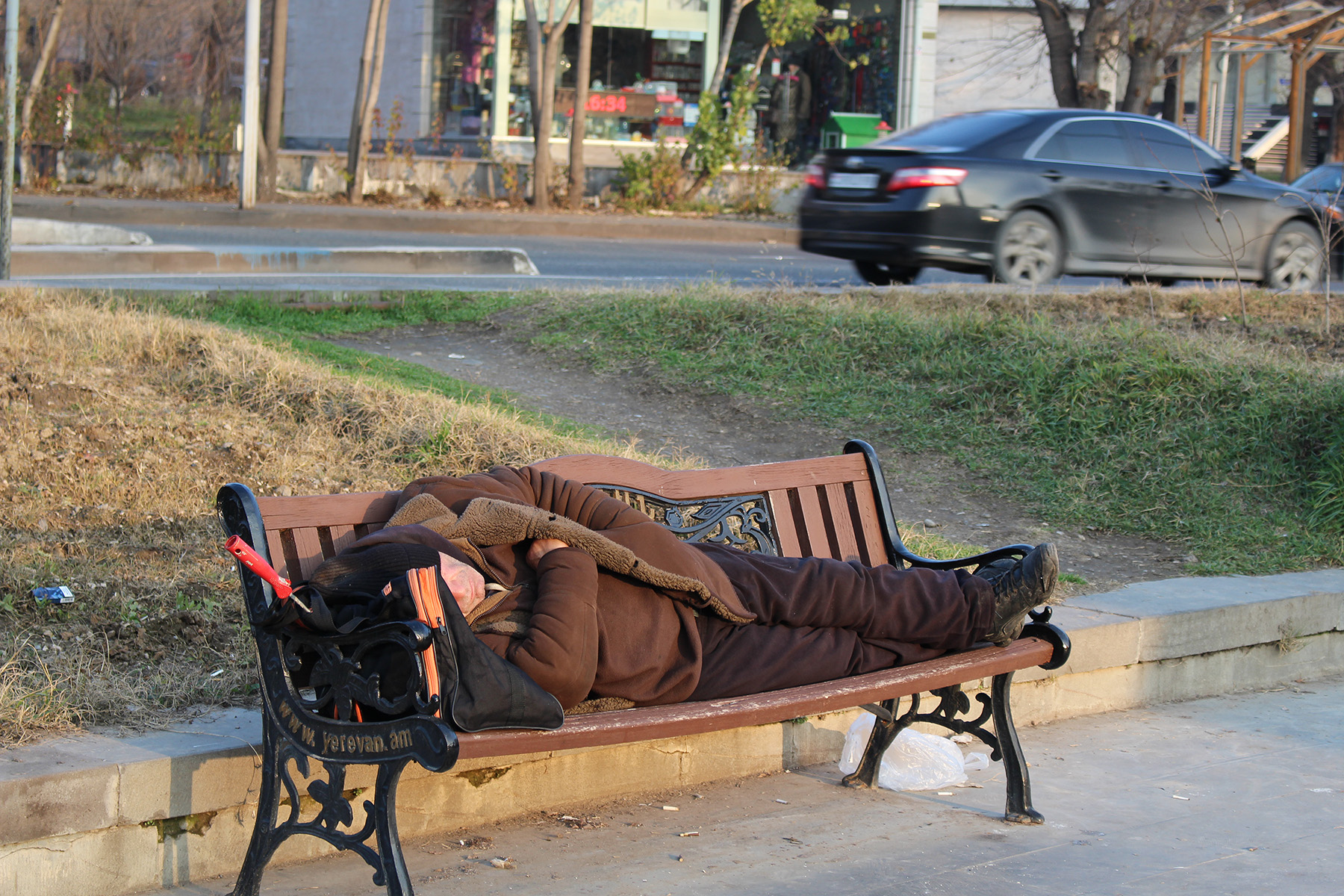
Yerevan’s homeless population comes from all over Armenia and beyond, but they all have ended up in the same place. There is one shelter in the city, with a capacity of 100, but it is not enough to house the hundreds living on Yerevan’s streets.
There are no official figures on the number of homeless people in Armenia. According to Shavarsh Khachatryan, the director of the Hans Christian Kofoed homeless shelter, there are approximately 400 homeless people in Yerevan alone. Around 100 live in the shelter, the only one of its kind operating in Armenia, which is run by the Armenian-Danish charitable foundation.
Davit can be seen every day at the Barekamutyun Metro Station in Yerevan; he sleeps in the tunnel leading to the metro. Though he is around 35-years-old, Davit almost never speaks — he likely has an intellectual disability. He will often stand in the same position for hours and silently stare in one direction.
Davit has been living at the metro station for years and is well-known to the owners of the adjacent kiosks — though they do not even remember when Davit first appeared at the station. Many of them try to help him; one will give him some coffee, another a cigarette, someone else will offer food. They also sometimes give him small amounts of money. The kiosk owners describe him as calm and say he is not aggressive. As long as no one attempts to interfere with his living conditions, he is not a disturbance.
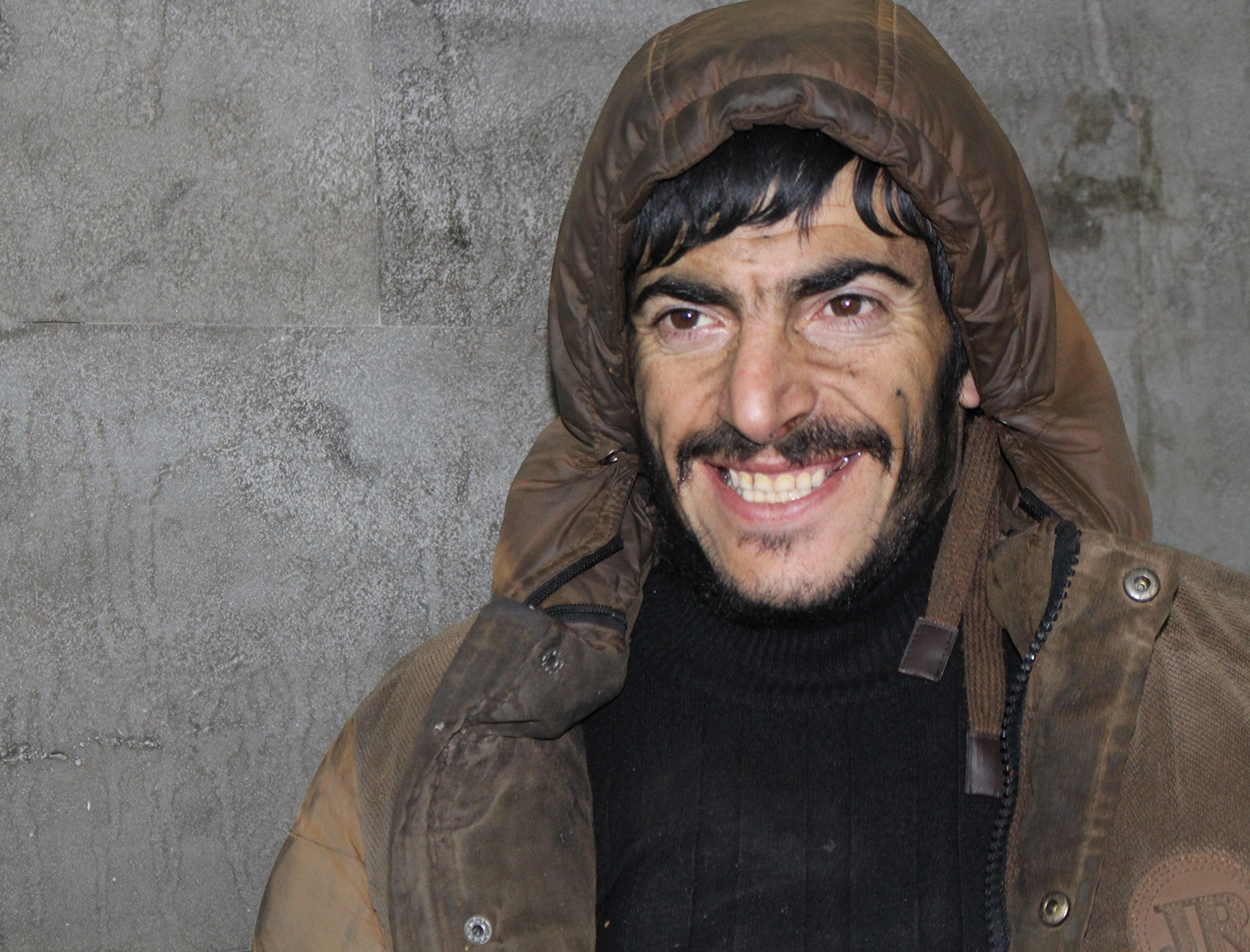
Sveta, a former healthcare worker, resides in the same area as Davit. After losing her job, she became a prostitute in order to make a living, eventually, losing her home. Today, she collects her daily bread from various restaurants and shops. In addition to taking any surplus food, Sveta also asks if she can have bones and meat scraps to feed her dog and its puppies. They all sleep together under the bridge near the Barekamutyun Metro Station
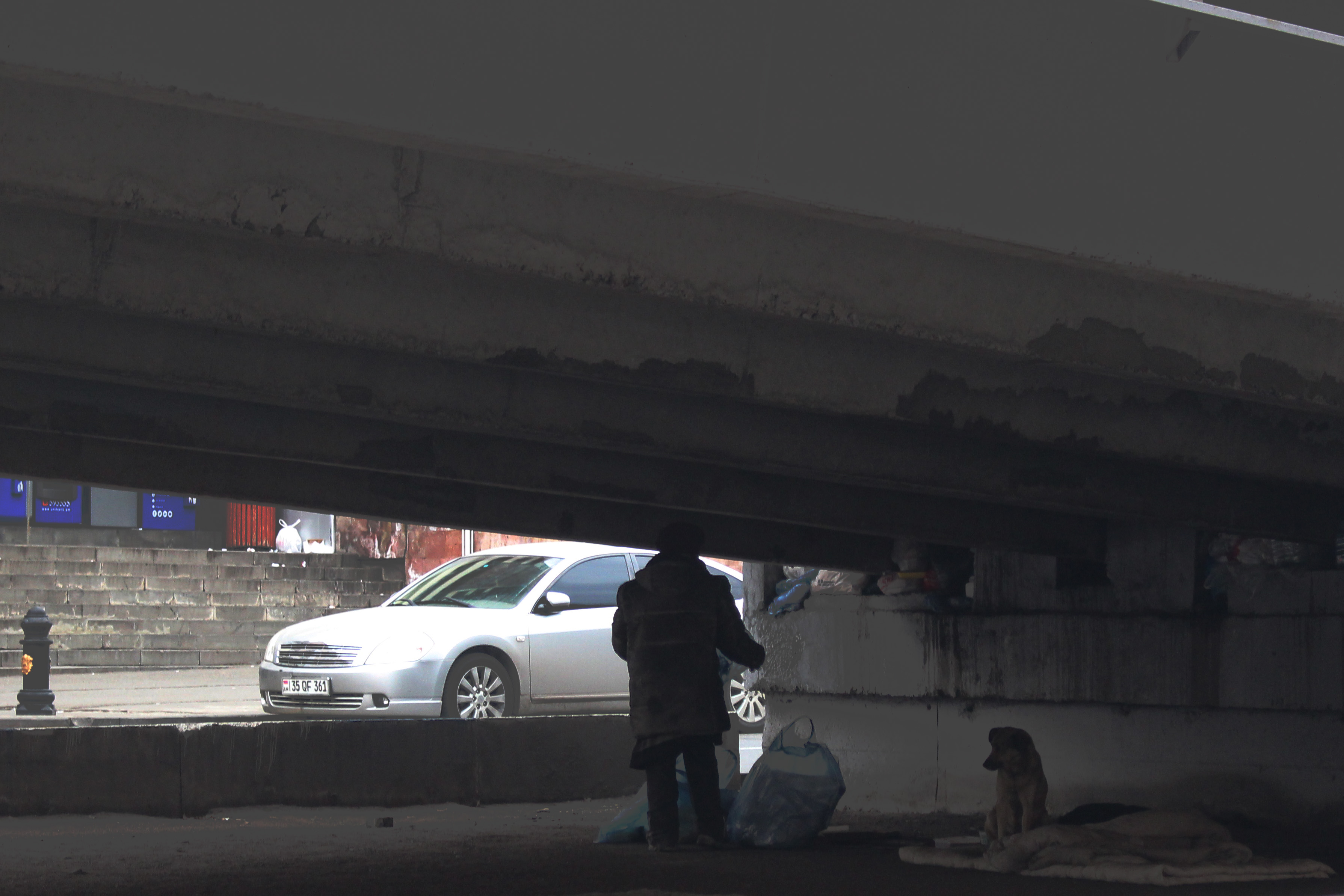
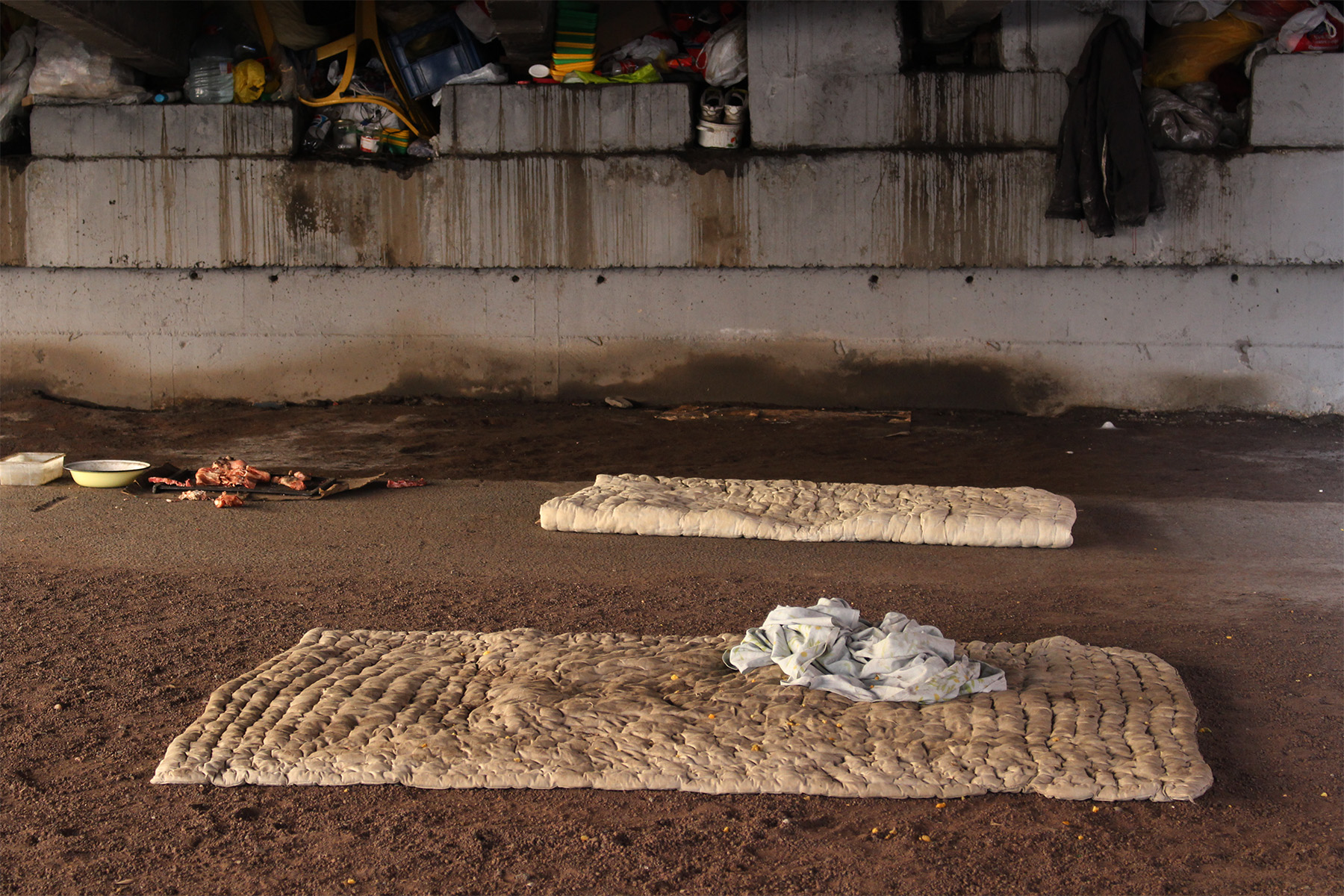

Natalia Marayeva, 60, moved to Armenia with her husband eight years ago but has been living on the streets for the past two years due to family issues. She previously worked as a doctor and a nanny. She learned about the Hans Christian Kofoed shelter, where she currently resides, from one of her previous charges. Marayeva still visits her former patients, who often give her books because they know she loves to read.
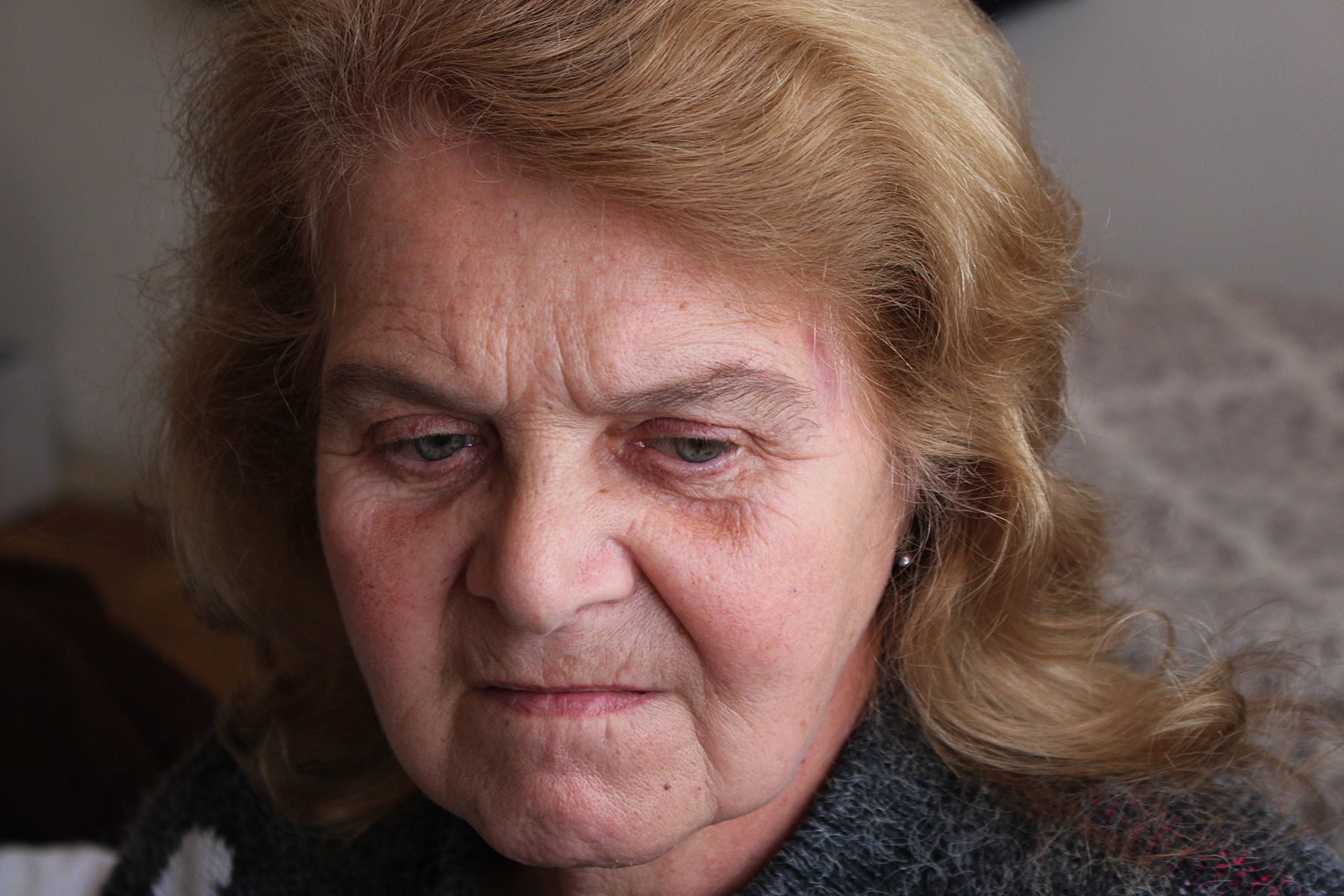
There is currently only one homeless shelter in Armenia — the temporary shelter run by the Armenian-Danish charitable foundation Hans Christian Kofoed, which receives financial assistance from Armenia’s Ministry of Labour and Social Affairs.
A person is allowed to stay in the shelter for a maximum of three months. However, there are exceptions made for individuals who have nowhere else to go — some residents have been living in the ‘temporary’ shelter for several years.
The shelter provides residents with both breakfast and dinner. Some meals that have previously been offered include bread and jam, macaroni patties, and potato purée and sausages. During the holidays, various sweets are also available.
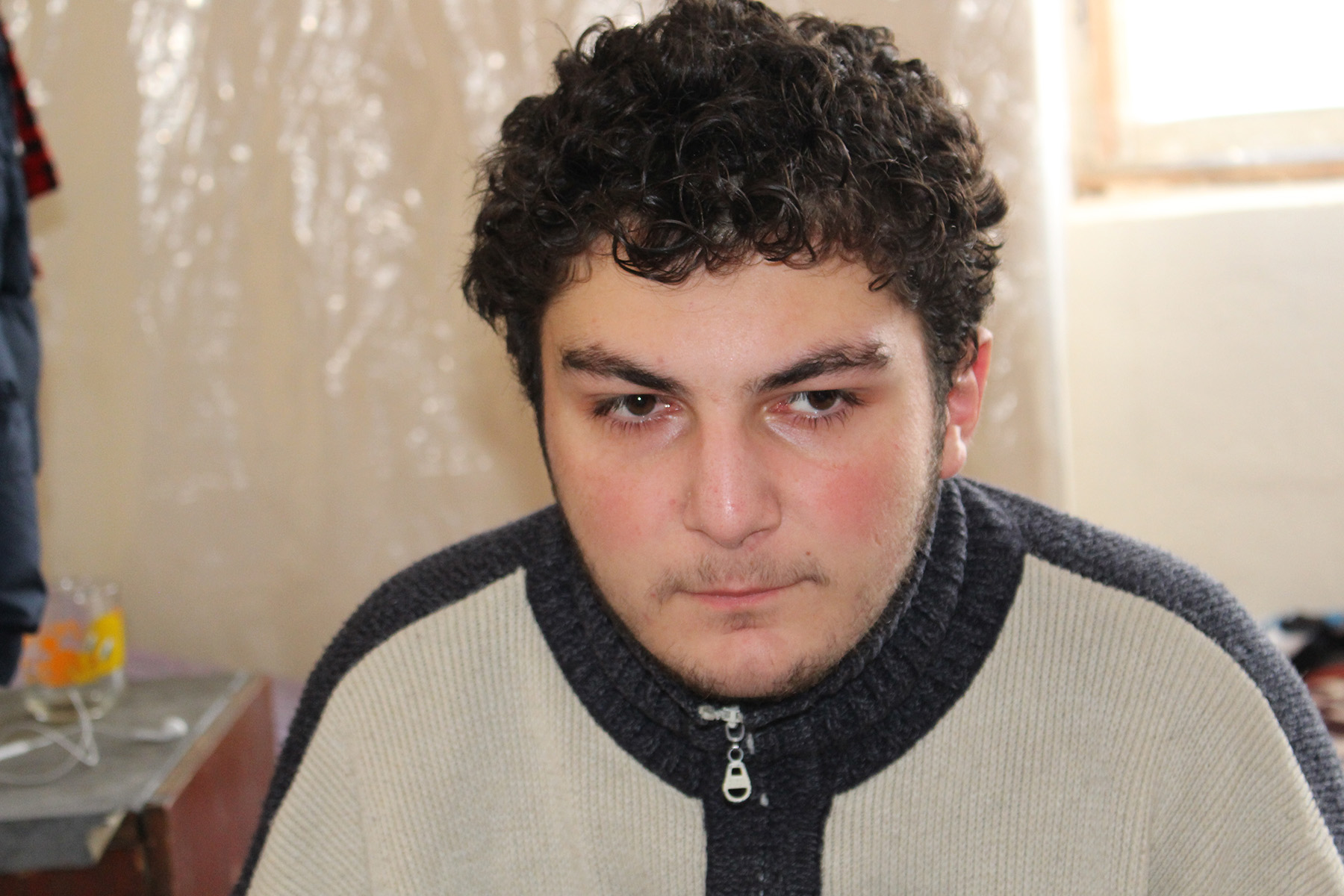
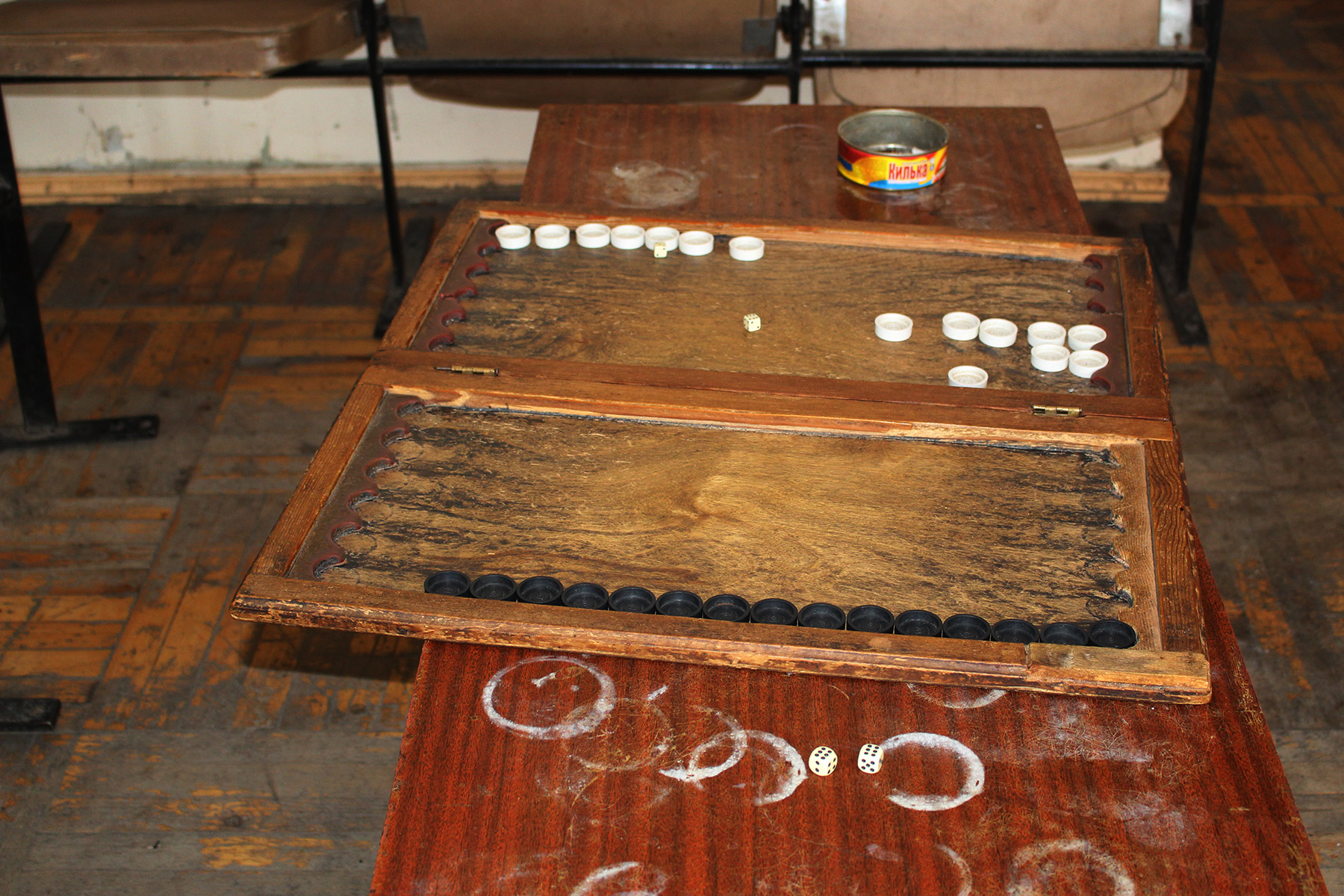
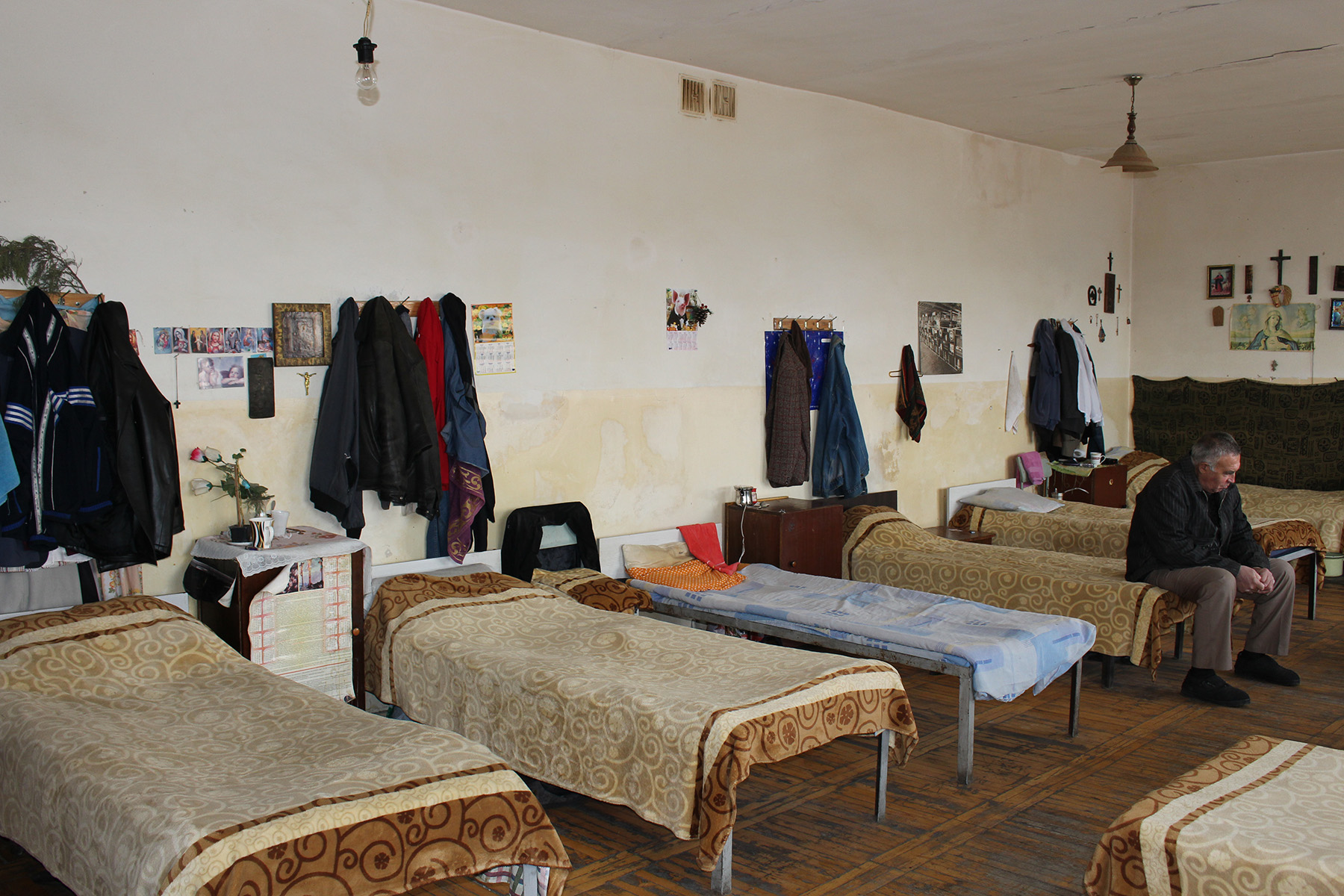
Nineteen-year-old Aleksan Tadevosyan is one of the youngest and quietest residents of the shelter — the majority of residents are over 50. The shelter staff told OC Media that Tadevosyan came from Russia with his parents two years ago, but after his father passed away, he and his mother were left on the streets. They have only been at the shelter for a few days.
Another young resident is Sila Abdullah, 25, a citizen of the west-African state of Guinea. Six months ago, he illegally crossed the Turkish-Armenian border in an attempt to reach Iran. He is currently staying at the shelter while trying to get the necessary documents to leave. Though he has a wife and children back in Guinea who he misses, he does not want to return. The few clothes he has with him are his only belongings in Armenia.
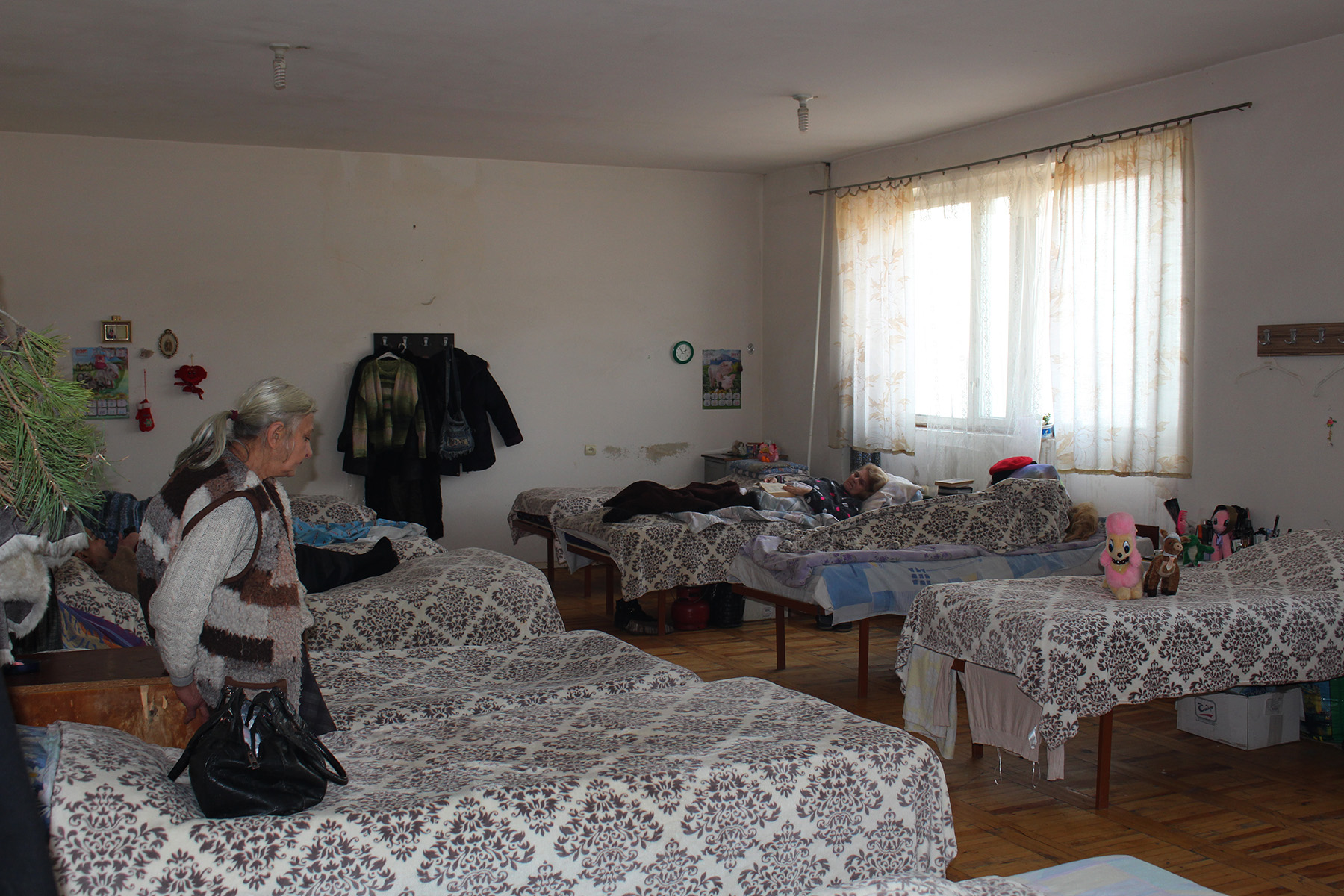
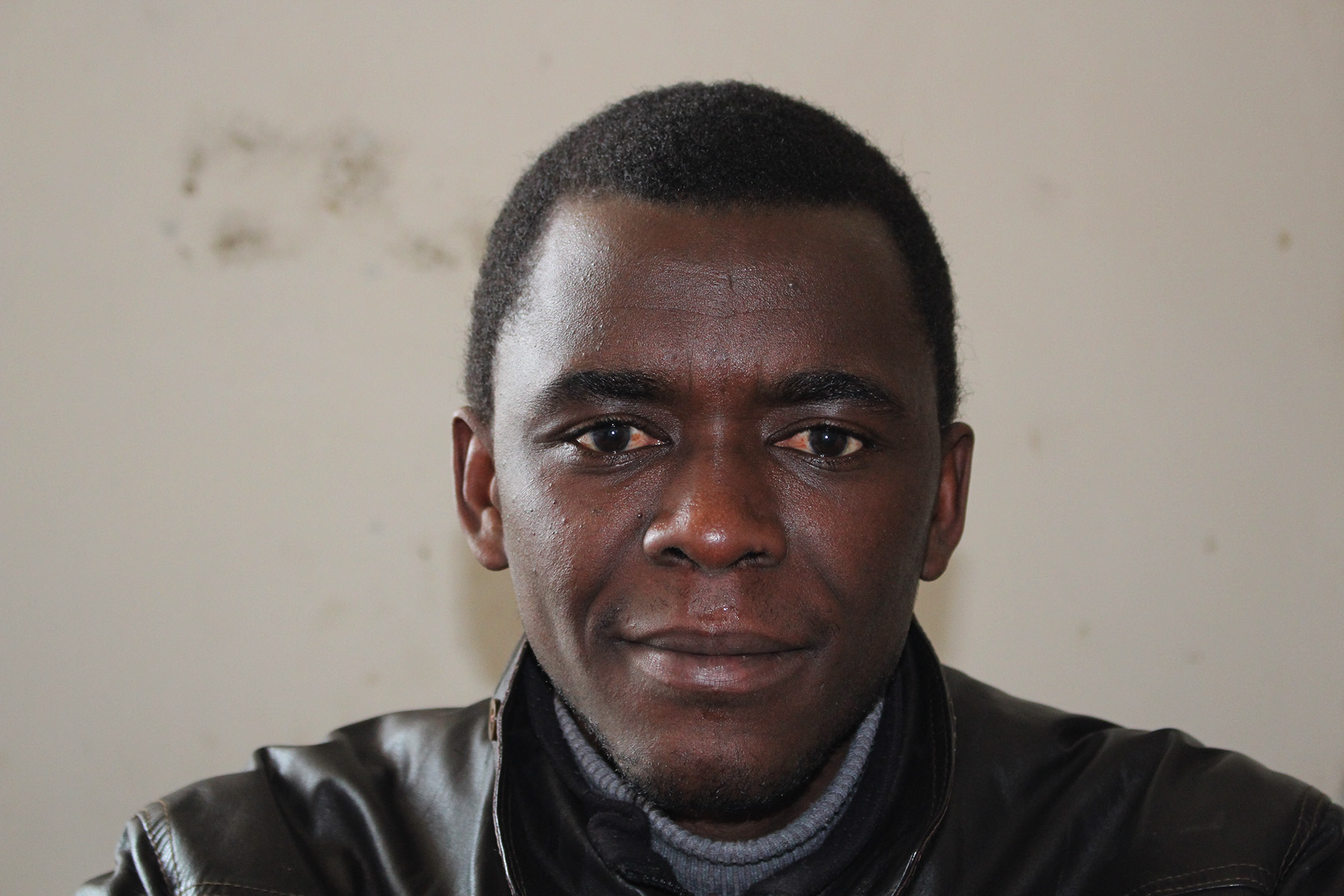
The shelter has one strict rule — smoking is forbidden. Many of Yerevan’s homeless population refuse to move into the shelter due to the ban, preferring instead to continue living on the streets.
At the moment, there are around 103 people living in the shelter, which is designed to hold 100 people. Though the shelter only has limited space, the director of Hans Christian Kofoed, Shavarsh Khachatryan, told OC Media that they are trying to help everyone.
